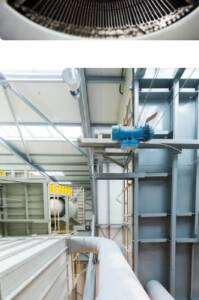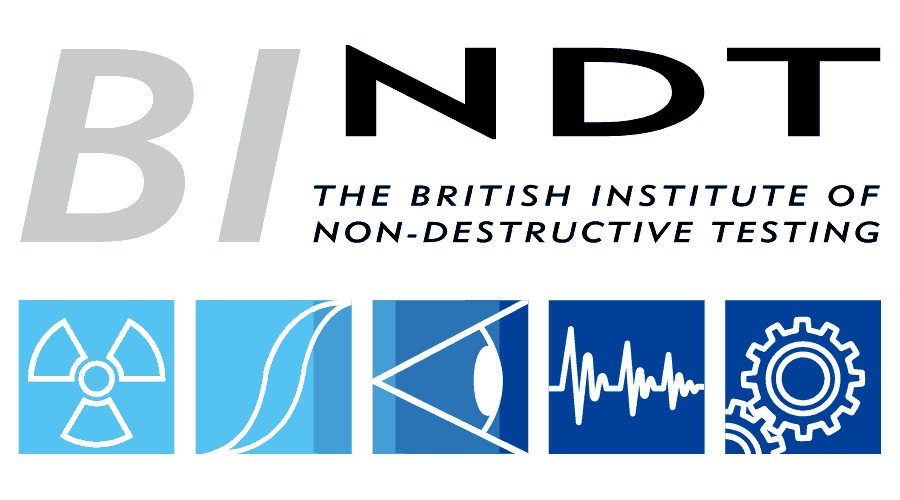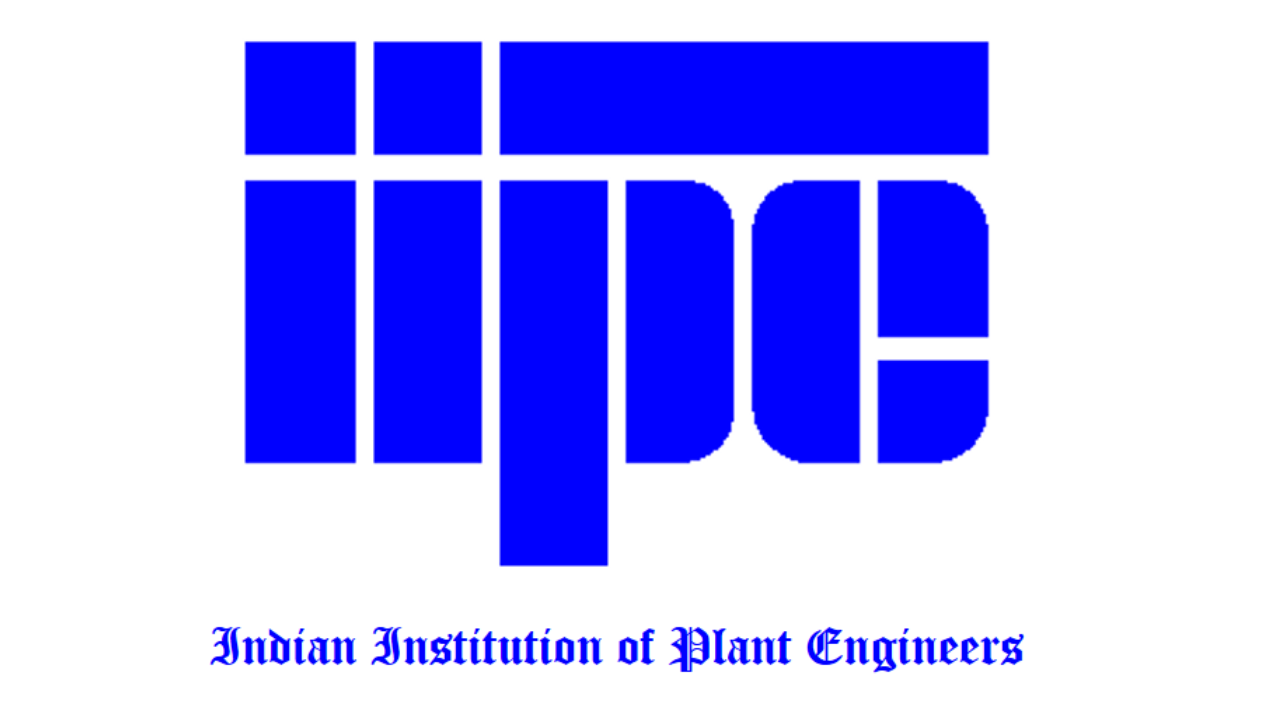Heat exchanger fouling presents a significant challenge to industrial operations in the UAE impacting energy efficiency, equipment longevity and operational costs. Addressing fouling through advanced mitigation strategies is crucial for maintaining optimal heat transfer performance and ensuring uninterrupted production processes across key industries such as petrochemicals and power generation.
Key Strategies for Heat Exchanger Fouling Mitigation
1. Chemical Treatment Programs

Implementing effective chemical treatment programs is essential to combat scaling corrosion and microbial fouling in heat exchangers. Specialized chemical inhibitors are used to prevent the accumulation of deposits on heat transfer surfaces enhancing efficiency and reducing maintenance costs.
2. Online Cleaning Technologies
Online cleaning technologies allow for the removal of fouling deposits without shutting down operations minimizing production downtime. Techniques such as high-pressure water jetting and chemical circulation help restore heat exchanger efficiency and prolong operational life.
3. Surface Modification Techniques
Applying advanced surface modification techniques such as coatings and specialized materials can significantly reduce fouling tendencies. Hydrophobic and oleophobic coatings help mitigate biofouling and particulate accumulation while improving the overall thermal efficiency of heat exchangers.

Challenges and Opportunities
While heat exchanger fouling mitigation offers numerous operational benefits, challenges such as high implementation costs and material compatibility issues persist. However with the UAE’s focus on industrial innovation and energy efficiency companies are increasingly investing in advanced fouling mitigation technologies to meet sustainability goals and improve process reliability.
Effective heat exchanger fouling mitigation strategies are vital for enhancing industrial efficiency and reducing energy consumption. By leveraging chemical treatments online cleaning technologies and surface modification techniques organizations can achieve long-term operational reliability and cost savings.








